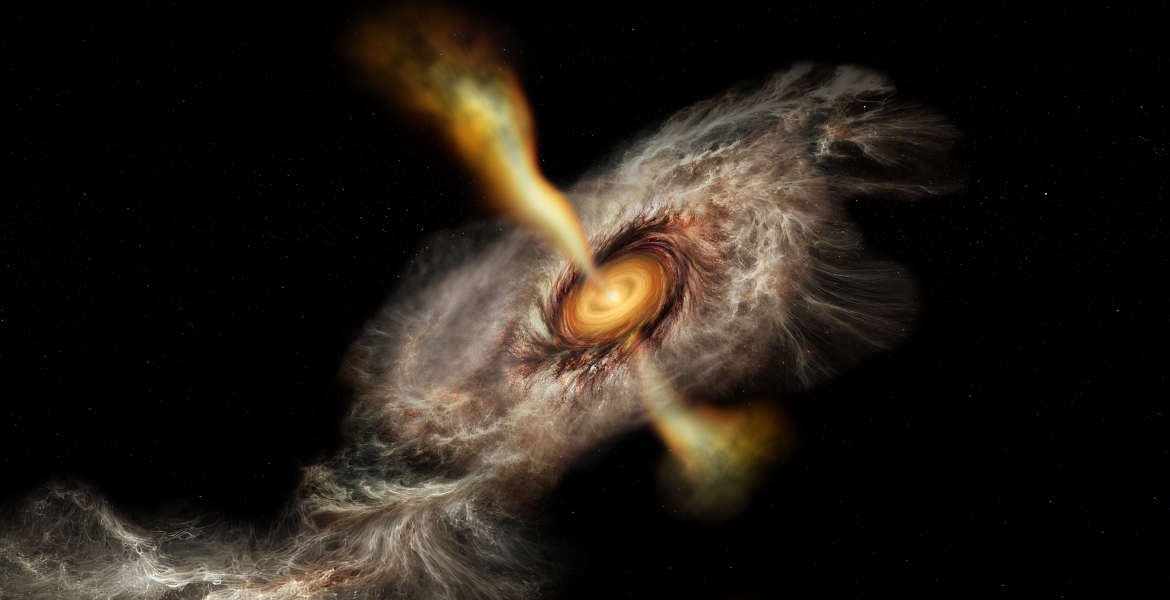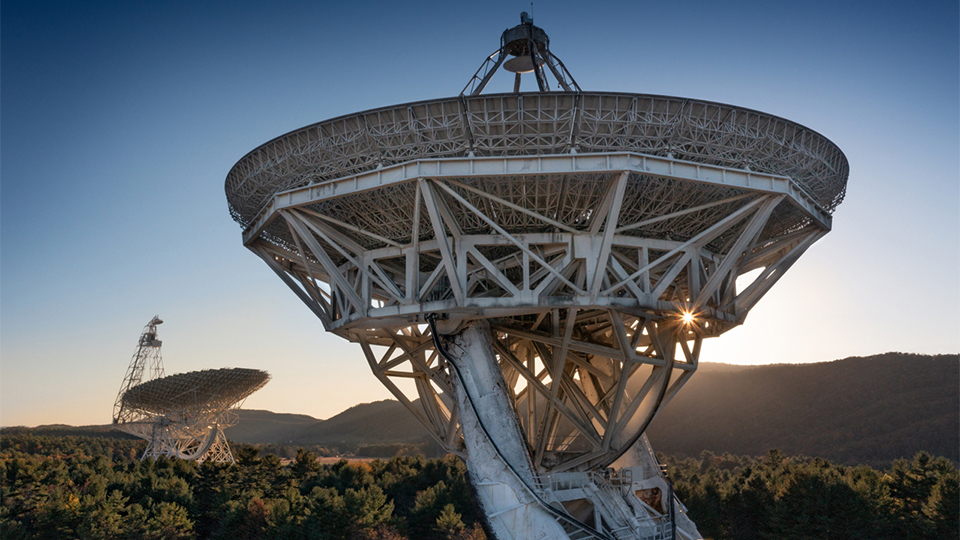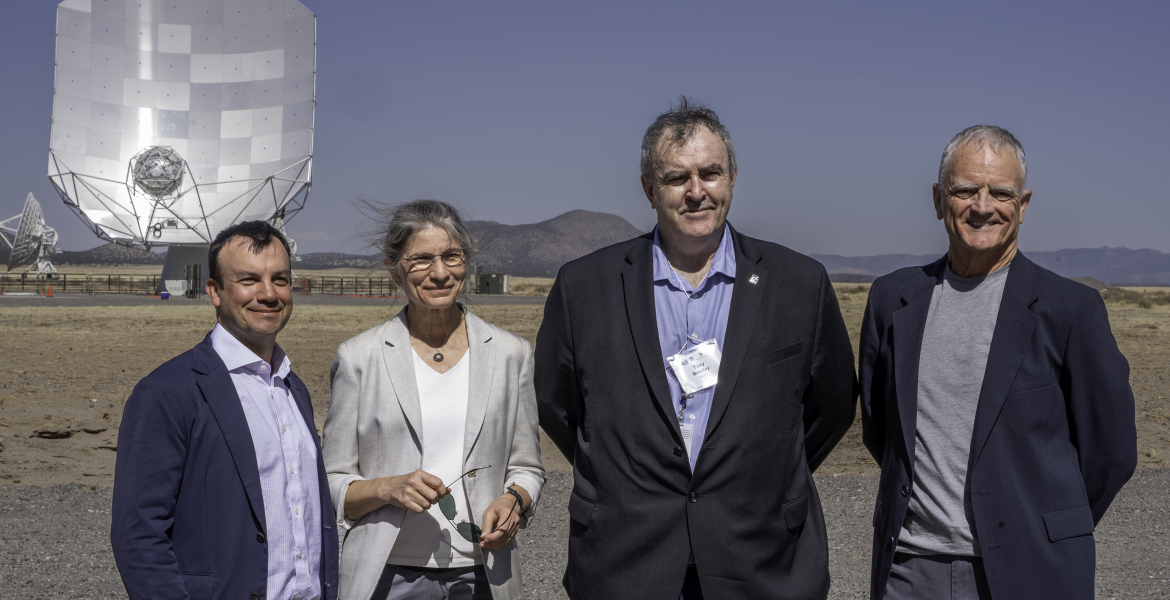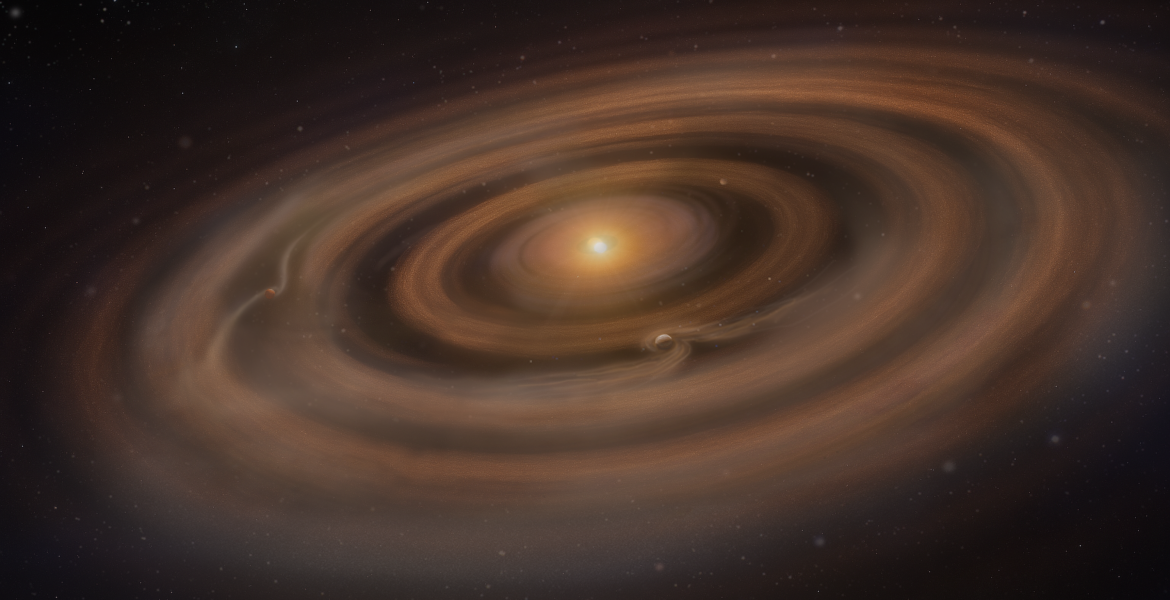Using the Very Large Array (NSF VLA), astronomers have revealed for the first time the huge flow of gas near a massive star in the making which allows its rapid growth.


May 8, 2025
Using the Very Large Array (NSF VLA), astronomers have revealed for the first time the huge flow of gas near a massive star in the making which allows its rapid growth.

Apr 30, 2025
The NRAO Jansky Fellowship Program is designed to support outstanding early-career scientists and engineers in conducting independent research related to the mission of the U.S. National Science Foundation National Radio Astronomy Observatory (NSF NRAO).

Apr 30, 2025
The U.S. National Science Foundation National Radio Astronomy Observatory (NSF NRAO) and the University of Florida (UF) have announced a dynamic new partnership to advance science education and public outreach at a future Next Generation Very Large Array (ngVLA) antenna site in Florida.

Apr 30, 2025
Thanks to newly developed advanced imaging techniques, exoALMA, which uses the powerful Atacama Large Millimeter/submillimeter Array (ALMA), has revealed the most exquisite images of young solar systems, never before seen by astronomers.